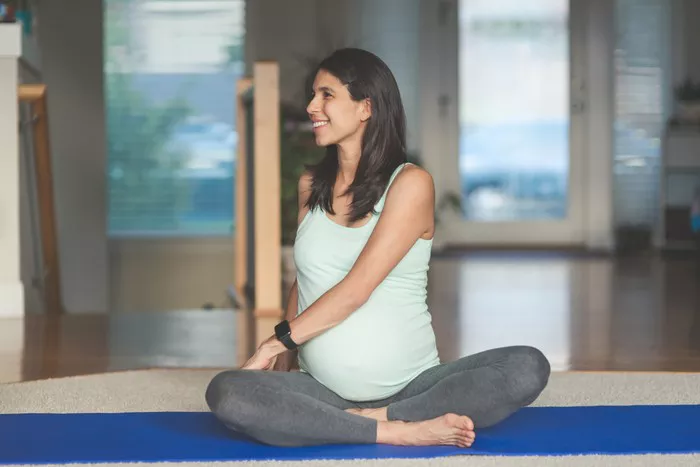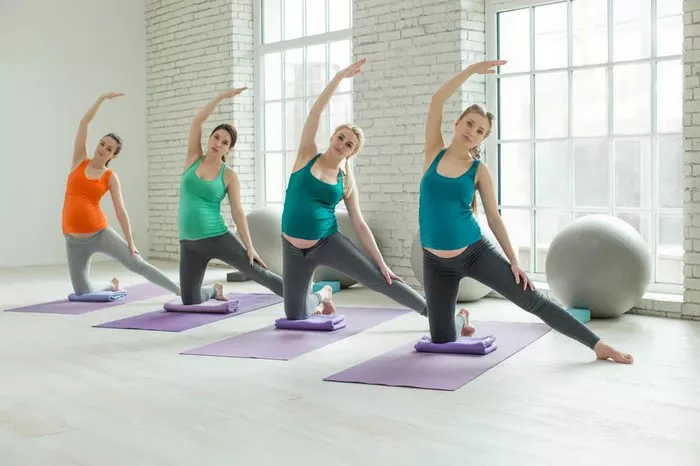Twisting poses in yoga offer a host of benefits—from increased spinal mobility to improved digestion and detoxification. Yet, these poses require mindful attention and an understanding of the body’s mechanics to perform safely and effectively. Whether you’re a beginner or an experienced yogi, grasping the foundational principles of twisting can help deepen your practice and prevent injury. This article explores the three essential principles of twisting in yoga, supported by clear explanations and practical tips.
Understanding Twists in Yoga
Twists are an essential category of yoga poses that involve rotating the spine along its axis. These movements stimulate the internal organs, especially those in the abdomen, and promote circulation. Twisting also decompresses the vertebrae, improving spinal alignment and mobility. However, improper technique can cause more harm than good, particularly to the lower back and neck.
To make the most of twisting postures, it’s crucial to understand the biomechanics involved and to follow key guiding principles. These principles ensure that the twist is distributed evenly through the spine and not concentrated in a single area, which could lead to strain or injury.
Principle 1: Establish a Stable Base
Before initiating any twist, it is vital to create a solid foundation. A stable base not only anchors the pose but also supports the spine’s movement and prevents unnecessary pressure on the joints.
Why Stability Matters
When the lower body is unstable, it can disrupt the alignment of the spine and compromise the twist. For example, in seated twists like Ardha Matsyendrasana (Half Lord of the Fishes Pose), the grounded sitting bones provide the necessary support for a safe and effective spinal rotation. Similarly, in standing twists such as Revolved Triangle (Parivrtta Trikonasana), balanced foot placement and engaged leg muscles stabilize the pose.
How to Build a Stable Base
- Engage the foundation: Whether you’re seated or standing, press evenly into the floor through your feet or sitting bones.
- Activate the legs: Engage the thighs and hips to maintain balance and prevent collapsing into the lower back.
- Lengthen the spine: Create space between the vertebrae before twisting to avoid compressing the discs.
By starting from a grounded and aligned base, you set the stage for a safe and deep twist that honors the body’s natural movement patterns.
Principle 2: Initiate the Twist from the Spine
The spine is the central axis of all twisting poses. Initiating the movement from the spine—and not from the arms or shoulders—ensures a more effective and anatomically correct posture.
The Role of the Spine in Twisting
The human spine is designed to rotate, but its ability to twist varies by region. The thoracic spine (mid-back) has the greatest rotational capacity, while the lumbar spine (lower back) is more limited. Twisting should therefore be initiated and focused primarily in the thoracic region.
Initiating the twist from the spine rather than the limbs minimizes the risk of overstretching and prevents the common mistake of using leverage to force the body into a deeper position.
Tips for Proper Spinal Rotation
- Elongate before rotating: Lift through the crown of the head to create axial extension.
- Twist from the rib cage: Direct the movement from the mid-back and ribs, not the hips or arms.
- Use the breath: Inhale to lengthen the spine, exhale to deepen the twist gently.
This spinal-first approach maintains integrity and mindfulness in your practice. By focusing on the spine as the initiator, you ensure the movement is safe and effective.
Principle 3: Balance Effort and Ease
The third principle emphasizes the need to balance muscular engagement with relaxation. Twisting poses, when done correctly, involve both strength and suppleness.
Why Balance Matters
Overexertion can cause strain, while under-engagement may lead to instability. Achieving the right balance allows you to access the benefits of the pose without compromising safety or comfort. Yogic philosophy often speaks of “sthira sukham asanam” (a posture should be steady and comfortable), and this principle is particularly relevant in twisting poses.
Strategies for Finding Balance
- Engage the core: Activate the abdominal muscles to support the spine and maintain alignment.
- Relax the shoulders: Avoid tensing the neck or shoulders, which can restrict breathing and impede movement.
- Use props wisely: Blocks, straps, and bolsters can offer support and help refine alignment without forcing the twist.
A balanced approach encourages mindfulness and awareness, turning a simple twist into a meditative experience that nurtures both body and mind.
Additional Tips for Safe Twisting
While the three principles form the core of effective twisting, several additional tips can enhance your practice:
- Warm up the spine: Begin your practice with gentle stretches to prepare the back for deeper rotations.
- Avoid twisting with injury: If you have back or spinal issues, consult a qualified instructor or healthcare professional before attempting twists.
- Keep the pelvis neutral: In many poses, stabilizing the hips enhances the spinal rotation.
- Twist on exhalation: Breathing out naturally engages the core and facilitates a deeper, safer twist.
These insights, combined with the primary principles, create a comprehensive framework for practicing twists with awareness and precision.
Common Mistakes and How to Avoid Them
Even experienced practitioners can fall into bad habits when it comes to twisting. Recognizing and correcting these errors can dramatically improve your experience and results.
Mistake 1: Twisting from the Arms
Using the arms to pull the body into a twist can overstretch the shoulder joints and compromise spinal alignment. Instead, let the twist originate from the spine, and use the arms only for support or minor adjustments.
Mistake 2: Neglecting Spinal Extension
Twisting without first lengthening the spine compresses the vertebral discs. Always prioritize elongation before rotation.
Mistake 3: Forcing the Twist
Deepening a twist should come from breath and mindfulness, not brute force. Respect your body’s limits and use props if needed.
By avoiding these pitfalls, you can maintain a safe and rewarding practice over the long term.
Integrating Twists into Your Practice
Twists can be integrated into all phases of a yoga practice: warm-up, peak poses, and cool-down. The key is to select appropriate twists for each stage.
- Warm-up: Gentle supine or seated twists to mobilize the spine.
- Main sequence: Standing twists to build strength and balance.
- Cool-down: Reclining twists to relax the nervous system and release residual tension.
By strategically incorporating twists, you enhance not just flexibility and mobility, but also internal awareness and energetic balance.
Conclusion
Mastering the art of twisting in yoga involves more than flexibility; it requires awareness, intention, and understanding. By grounding your practice in the three principles—establishing a stable base, initiating from the spine, and balancing effort with ease—you lay the groundwork for a safe, effective, and transformative experience.
Whether you’re seeking to improve spinal health, aid digestion, or simply add variety to your practice, twists offer a potent tool. Approach them with respect, patience, and curiosity, and they can become a cornerstone of your yoga journey.
Related Topics:

















